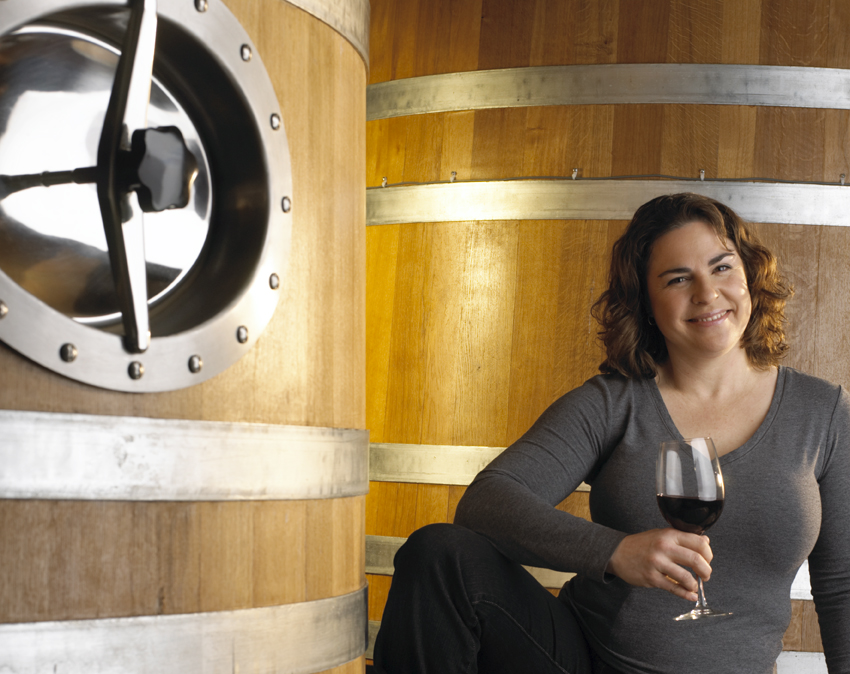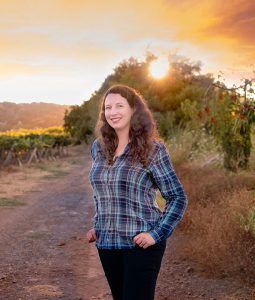The Champagne region has announced the start dates for the 2016 harvest. Commencing today (September 12) through to September 26h there will be over 120,000 pickers, porters, loaders and press operators descend on the vineyards of Champagne for the harvest – the moment every winegrower has been waiting for.
Each harvest is different in terms of grape ripeness, potential alcohol levels and natural acidity – so picking the right moment to harvest is essential.
A ripening observation network for the accurate timing of harvests.
Twice a week, just as the grapes start to change colour (véraison), samples are taken from some 450 control plots spread throughout the Champagne area. The selected clusters are then checked for rate of colour change; average weight; estimated sugar and total acidity content; also for any incidence of grey rot.
The results are transmitted the same day via internet, so allowing the Comité Champagne to establish reference values for each parcel of vines, together with mean average values (potential alcohol levels and natural acidity) for each department and grape variety.
A data summary is then notified to the technical officers concerned, starting with the regional heads of the AVC (Association Viticole Champenoise). This enables them to attend the pre-harvest meeting with a very clear idea of when picking should start in their respective communes.
It is the pulp that contains the organoleptic compounds and elements required for effervescence (sugar, acidity, etc); and only pulp alone can deliver the desired clear, pale juice, bearing in mind that 3/4 of Champagne wines are made from black grapes. Pulp extraction is specifically designed to avoid colouring or staining the musts when pressing black-skinned grapes.
Hence the need for manual picking, selecting whole, undamaged clusters that must remain that way right up to the point of pressing itself. The clusters are transported to the press house in purpose-made bins with drainage holes that allow any juice to escape, so preventing the berries from macerating in their own juice.
Manual picking remains the tradition in Champagne – the requirement for whole, undamaged grapes is the same today as it was in the 18th Century.
Pickers have roughly a three-week window in which to work – beyond that point the grapes will be past their best. Just to complicate matters, all Champagne grapes reach their peak of ripeness at about the same time.
Some 120,000 pickers work in teams (‘hordons’ in French) of four per hectare, of which nearly 100,000 are given bed and board by the Winegrowers and Champagne Houses.
Harvesting employs:
- Pickers
- Porters (of grape bins)
- Loaders (of bins)
- Loaders of bins onto trailers
- Loading bay handlers
- Drivers
- Forklift truck operators
- Press operators
- Fermenting room operators
- And Cooks
Maximum yield per hectare
Yield regulation
- The harvest base yield fixed by the INAO is 10,400 kg/ha, revisable upwards or downwards depending on the quality and quantity of the yield but capped at 15,500 kg/ha for AOC production.
- The rationale for capping yields lies in the high-density planting system in Champagne, with vines planted very close together (8,000 per hectare) to improve ripening and therefore quality. Limited juice extraction – just 102 litres of must per 160 kg of grapes – is a key part of this policy and brings the final yield to 66 hectolitres per hectare.
The full list of dates can be viewed here www.champagne.fr






![My Interview with: Olga Bussinello, Director, Consorzio Valpolicella – Italy [Women in Wine Business]](https://www.liz-palmer.com/wp-content/uploads/2016/03/IMG_5821-1200x1600.jpg)